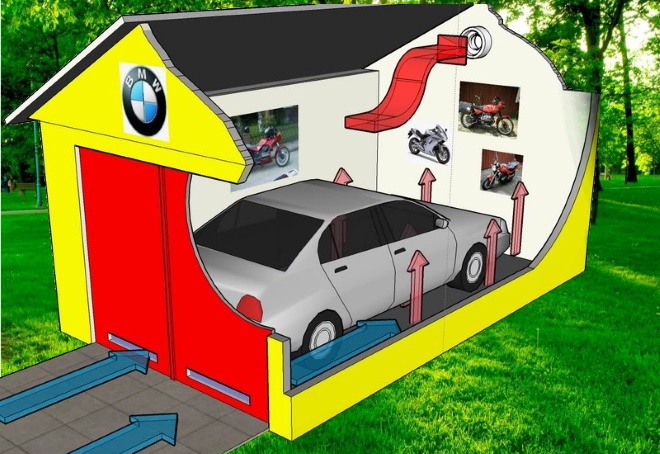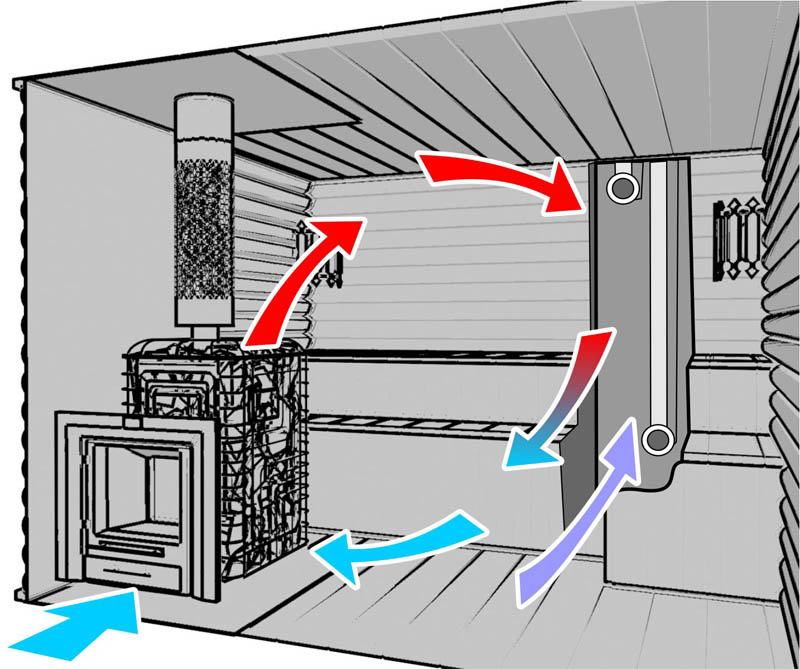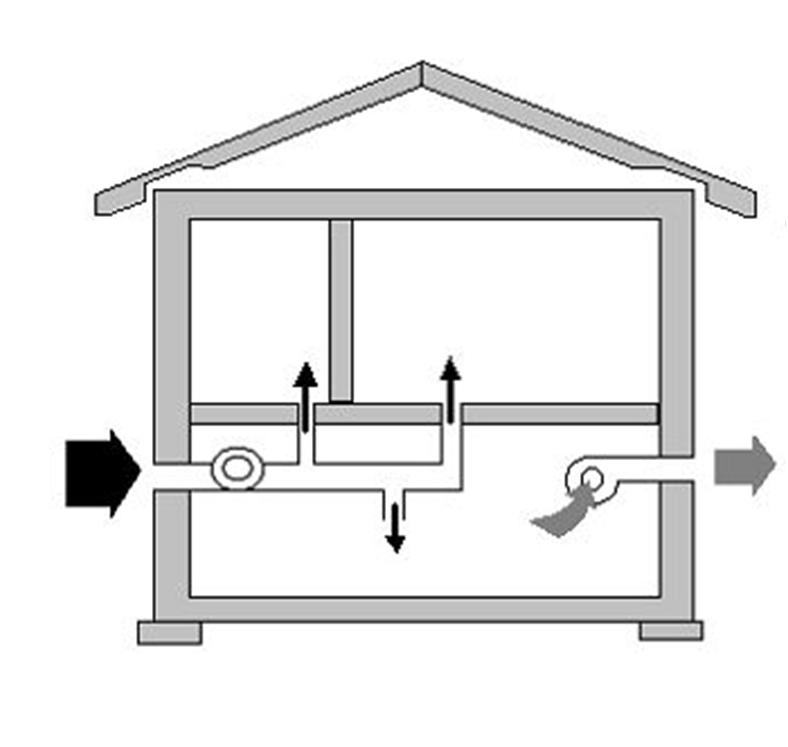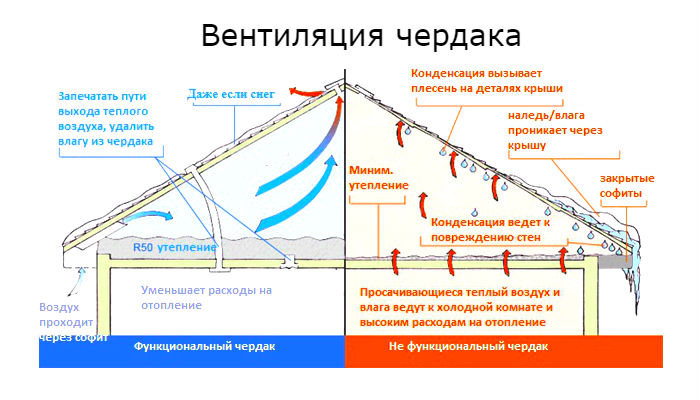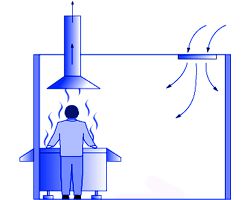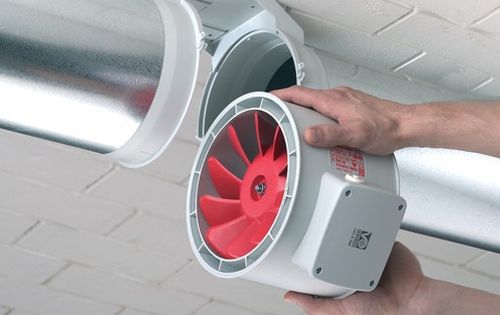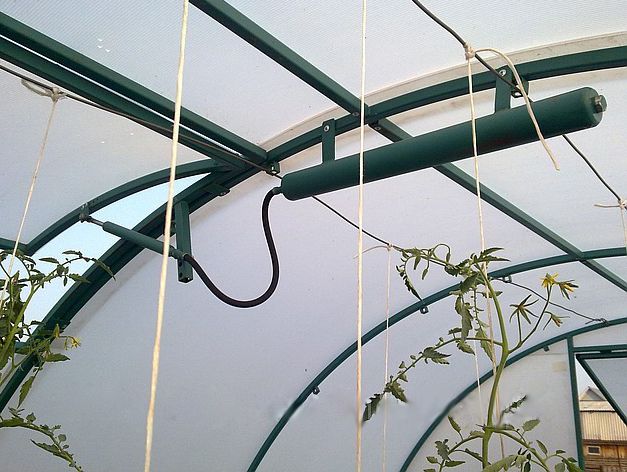An anti-smoke ventilation system is needed to effectively remove combustion products that are formed during a fire in the room. It is necessary to equip large industrial and civil objects with such systems. Owners of private houses are not required to equip their homes with smoke ventilation, but it should be remembered that such a precaution can save the lives of residents in the event of a fire. It is necessary to equip housing with this system even at the design stage of the house, in the process of developing the ventilation system.
Design features
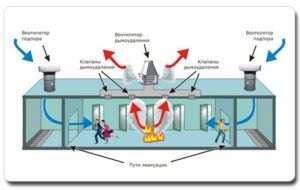
All anti-smoke ventilation systems go through the following design stages:
- Firstly, before starting installation work, it is necessary to prepare technical documentation, draw up projects, diagrams, explanatory documents, and an economic justification for the upcoming work.
- Then installation work is carried out.
- Next, tests are carried out, the operation of each mechanism is debugged and the system is started.
- The last stage is preventive work.
It is necessary to organize smoke ventilation so that in case of an unexpected fire, smoke is removed, first of all, from those rooms and sections of the house through which residents will be evacuated from it - staircases and platforms, corridors, elevator shafts.
Smoke ventilation must be designed so that it can provide not only the removal of combustion products, but also the flow of fresh air. To ensure this condition, it is best to use a supply and exhaust ventilation equipped with an anti-smoke unit. Thanks to such a unit, the access of smoke to the interior of the room is significantly hampered.
When installing the supply ventilation system, it should be borne in mind that the house must be additionally equipped with an exhaust system, and both of these systems must work interconnected, communicating in all fire compartments.
When designing an anti-smoke ventilation system, it is necessary to use equipment designed specifically for such systems. This is required so that all parts used do not melt from prolonged exposure to very high temperatures.
For example, it is forbidden to use plastic air ducts. Smoke ventilation should be made of special ventilation ducts that do not allow hot carbon monoxide to pass through. Also for such systems, fans are produced that can work effectively at any, even the highest, temperatures.
Smoke control units should be equipped with smoke detectors and fire dampers. Some buildings may also be designed with smoke screens and fire doors. All nodes of the system must work harmoniously - this is necessary to reduce the risk of failures and increase the efficiency of the entire system.
The main elements of the system
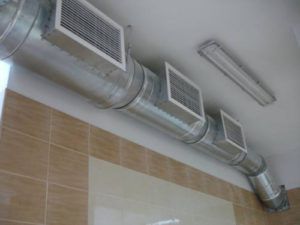
Smoke ventilation consists of the following elements:
- smoke exhaust valves and hatches;
- smoke exhauster devices;
- smoky sections.
The valves are evenly distributed throughout the room and mounted under the ceiling. Smoke sections accumulate smoke in themselves, not allowing it to fill the room if the main equipment cannot cope with the volume.
Supply ventilation for smoke removal is used as an additional one and is connected to the main - exhaust duct.Separate supply ventilation is not used.
Smoke ventilation can be a system of smoke valves, fire retardant, normally closed (open when a fire signal is received) and double-acting valves. Each of these systems is aimed at isolating the source of fire and preventing the movement of fire from the source to other parts of the building. They must be installed in accordance with the design plan, and periodically inspected and checked. Doing so helps prevent a system crash at a critical moment.
Smoke removal is carried out in the following ways:
- fans specially designed for smoke control systems build up excess pressure, which helps to push the combustion products into the smoke exhaust ducts;
- forced and natural ventilation is used to clean the smoky space.
Calculation of basic parameters
When calculating, you need to take into account what features each of the rooms has:
- Heat loss through ventilation ducts and door openings.
- What state the windows and doors will be in - open or closed.
- The area of the premises.
- The temperature that can be created in the seat of a fire.
- The air temperature outside.
When calculating smoke ventilation, the flow rate of smoke removed from the room is also taken into account, taking into account all possible leaks (ventilation duct slots, loose valves).
The calculation must be performed for each room separately. Long sections (halls and corridors) are equipped with several smoke intakes - this contributes to better removal of smoke from the path along which people will be evacuated from a burning building. For rooms with a small area, one smoke collector is sufficient, for large rooms, as well as corridors with an angular configuration, several smoke collectors will be required.
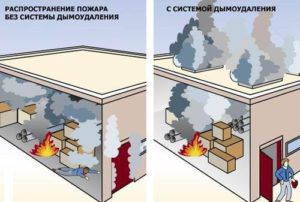
Correctly installed equipment will effectively perform its function only if it is used correctly. Such ventilation is controlled automatically or using a remote control, and all data on the operation of the system are stored in the computer. In the event of an unexpected fire, the computer system can make the wrong decision or fail at the most inopportune moment. To prevent such situations, the smoke control system must be controlled manually.
It should be remembered that the success of the rescue operation depends not only on the correct calculation, but also on the ability to inform the people in the building about the fire in time.
Therefore, when designing, the smoke control system must be equipped with equipment that provides timely notification. There can be several ways of notification:
- Auto. This method provides for the installation of a sufficient number of detector sensors, when at least one of which is triggered, the valves will open automatically and the exhaust fans will start.
- Signal transmission to the main console.
- Starting the system manually. With this method, launch buttons are installed in accessible places.
Requirements for smoke control systems
- According to the norms established by SNiP, each section of the premises with a total area of 900 m² must be equipped with at least one smoke exhaust device. It is possible to remove smoke from staircases and corridors to the roof using special smoke-aspiration fans.
- To prevent debris from entering the fan blades, it is necessary to install special grilles at the inlets of the ventilation ducts.
- The pumps must withstand the load for at least one hour at an air temperature of up to 600 C˚.
- At an air temperature of 400 C˚, the duration of the pumps must be at least two hours.
- The exhaust air duct must carry at least 19 thousand cubic meters of smoke.
- Supply and exhaust ventilation systems must be equipped with both natural and forced ventilation with automatic and remote control types. Buildings should be planned in such a way that smoke cannot spread from the fire site to other parts of the building.
- It is prohibited to use forced ventilation to clean rooms in which there is no natural or forced draft. It is also impossible to equip rooms with different types of functional fire hazard with common systems.
- The system should clear the smoke from exactly those rooms where the fire broke out, as well as all escape routes.
- The function of the supply smoke ventilation system is to ensure the supply of air and the formation of excess pressure in the premises adjacent to the fire room, as well as in vestibules and on stairs.
- All equipment used in the arrangement of smoke control ventilation systems must ensure the correct functioning of the supply and exhaust systems during such a period of time during which all people can evacuate to a safe place.
- The automatic drive of the anti-smoke ventilation system must be switched on immediately after the fire alarm and automatic fire-fighting equipment are triggered.
- The remote control must be controlled from the dispatcher's room or using the trigger, which is installed at the escape exit.
- When turning on the smoke ventilation, it is imperative to immediately turn off the air conditioners, as well as general and technological ventilation (except for those ventilation systems on which the technological safety of an object depends).
- It is impossible to extinguish a fire at the same time using installations with aerosol, gas and powder types of fire extinguishing.
All work on the design, installation and testing of systems must be carried out by certified and qualified specialists.
Small one-story buildings can be equipped with systems with smoke control units and natural ventilation. To equip multi-storey buildings with such systems, forced ventilation will be required, and it must be installed in the exhaust ducts. Thanks to this difference in design methods, small building owners can use a simpler and cheaper, but at the same time, reasonably efficient system.

